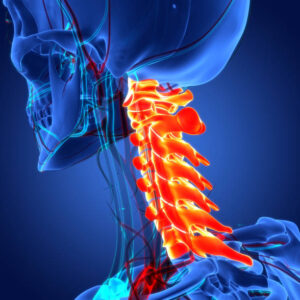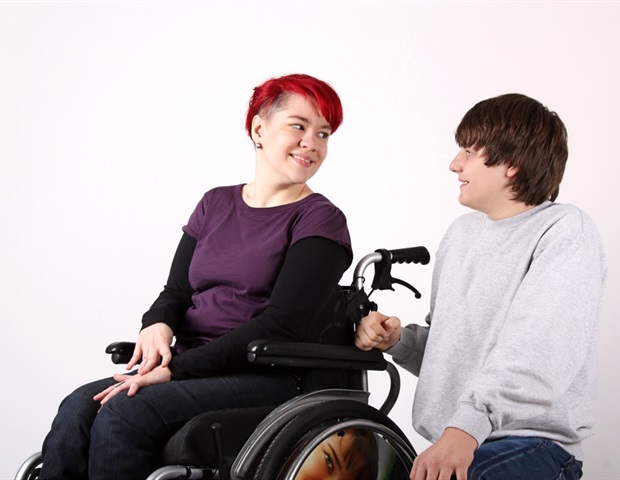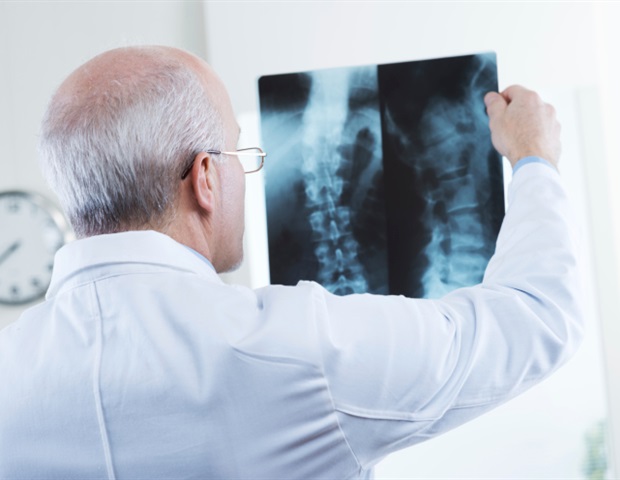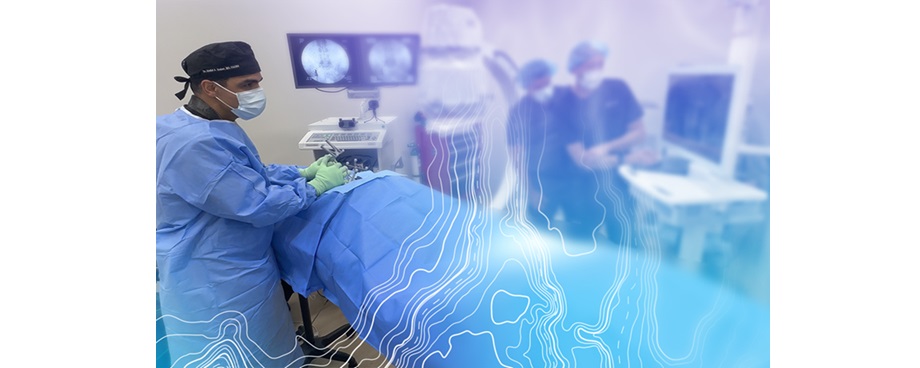Quadriplegia is a symptom of paralysis that affects all a person’s limbs and body from the neck down. The most common cause of quadriplegia is an injury to the spinal cord in your neck, but it can also happen with medical conditions.
What is Quadriplegia?

Quadriplegia is a pattern of paralysis — which is when you can’t deliberately control or move your muscles — that can affect a person from the neck down. Depending on how and why it happens, it can affect your ability to move parts of your body, as well as some of your body’s automatic processes that keep you alive.
Quadriplegia (also known as Tetraplegia; see below for an explanation of these terms) is usually a symptom of other problems, but there are some instances where it’s a standalone condition. Overall, quadriplegia is the most common symptom of traumatic spinal cord injury, happening in about 60% of cases.
There are also two main ways, complete and incomplete, that quadriplegia can happen.
- Incomplete quadriplegia. This means that the quadriplegia blocks some — but not all — signals from getting through. That means a person might still have some ability to move, feel sensations or control automatic body processes (such as bowel and bladder function). This happens with about one-third of traumatic spinal cord injuries.
- Complete quadriplegia. This means whatever causes the quadriplegia blocks all signals from getting through. That means a person loses muscle control, the ability to feel sensations and their brain can’t manage any automatic processes that rely on brain signaling to work. This happens with about 20% of spinal cord injuries.
There are also two main ways that paralyzed muscles act in quadriplegia:
- Flaccid quadriplegia: This means that muscles don’t work at all and remain flaccid or limp.
- Spastic quadriplegia: This type of quadriplegia results in muscles that don’t work by themselves and contract uncontrollably.
How does the location of a problem affect quadriplegia?
Your spine has several sections. The cervical spine (often shortened to C-spine) is the section in your neck. There are seven vertebrae (the word for one of these is “vertebra”), interlocking bone segments, which make up your C-spine. Your C-spine also includes eight spinal nerves, which run in-between vertebrae and lead to different areas of your body.
 The effects of a problem with the spinal cord can vary widely depending on where exactly it happens. There are also varying definitions of “paralysis.” Some experts define it as a total loss of muscle control, while others include muscle weakness under the definition. Because of that, some definitions of quadriplegia include limited movement ability in your arms or hands.
The effects of a problem with the spinal cord can vary widely depending on where exactly it happens. There are also varying definitions of “paralysis.” Some experts define it as a total loss of muscle control, while others include muscle weakness under the definition. Because of that, some definitions of quadriplegia include limited movement ability in your arms or hands.
Healthcare providers use a letter-number combination to talk about sections of the spine and related spinal nerves. For example, the fifth cervical spinal nerve is known as C5. Quadriplegia can happen when there’s a complete or incomplete spinal cord injury anywhere between C1 and C8. The higher the injury, the more dangerous the effects.
The effects, depending on location, are as follows:
- C1 to C2: Complete paralysis of all four limbs and the muscles that control your breathing. These injuries are almost always deadly without immediate care, especially breathing support (ventilation). Injuries at this level can also cut off your brain’s connection to other parts of your autonomic nervous system, which manages automatic functions like sweating, blood pressure control, digestion, and the muscles in your bladder and bowels you deliberately relax so you can pee or poop.
- C3 to C4: Same as above, but the damage that’s closer to C4 may not block your brain’s control of breathing muscles. Some breathing problems are still possible, and coughing is severely affected, which increases the risk of developing pneumonia as a complication.
- C4 to C8: Varying levels of paralysis in your arms and hands. The further down your spinal cord, the less widespread the effects of the paralysis.




















